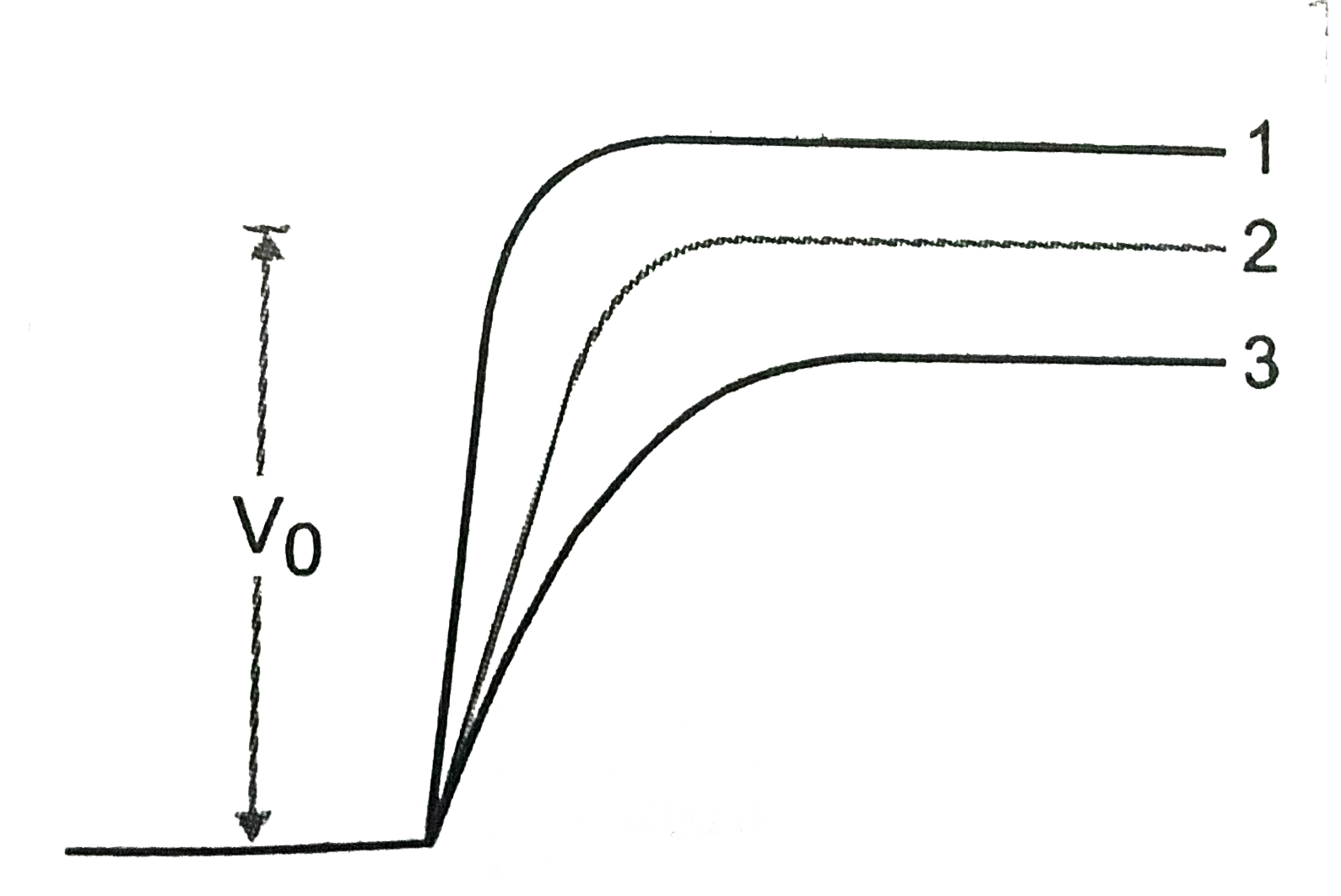A charge is moving across a junction, then
momentum will be conserved
momentum will not be conserved
at some places momentum be conserved and at other places momentum will not be conserved
none of these.
The correct Answer is:D
To solve the question regarding the conservation of momentum for a charge moving across a junction, let's break it down step by step.
1. Understanding the Scenario: We have a charge moving through a wire and approaching a junction. At this junction, the behavior of the charge and the surrounding charges needs to be analyzed.
2. Charge Movement: As the charge moves towards the junction, it interacts with the charges present in the wire. This interaction is crucial for understanding momentum conservation.
3. Charge Accumulation: When the charge approaches the junction, it causes a redistribution of charges in the wire. Electrons may accumulate at the junction due to the influence of the moving charge.
4. Electric Field Generation: The accumulation of charges at the junction creates an electric field. This electric field can exert a force on the moving charge, altering its momentum.
5. Momentum Change: Since the electric field generated by the accumulated charges can change the direction of the moving charge, the momentum of the charge is affected. The momentum of a charge is defined as the product of its mass and velocity, and any change in velocity (due to the electric field) means a change in momentum.
6. Conclusion on Momentum Conservation: Because the moving charge experiences a force due to the electric field created by the accumulated charges, the momentum of the charge is not conserved at the junction.
7. Final Answer: Therefore, the correct option is that the momentum will not be conserved when a charge moves across a junction.
Topper's Solved these Questions
- BOOK - NCERT FINGERTPS ENGLISHCHAPTER - CURRENT ELECTRICITYEXERCISE - OHM S LAW7videos
CURRENT ELECTRICITY
- BOOK - NCERT FINGERTPS ENGLISHCHAPTER - CURRENT ELECTRICITYEXERCISE - DRIFT OF ELECTRONS2videos
CURRENT ELECTRICITY
- BOOK - NCERT FINGERTPS ENGLISHCHAPTER - CURRENT ELECTRICITYEXERCISE - Assertion And Reason15videos
CURRENT ELECTRICITY
- BOOK - NCERT FINGERTPS ENGLISHCHAPTER - COMMUNITCATION SYSTEMSEXERCISE - Assertion And Reason30videos
COMMUNITCATION SYSTEMS
- BOOK - NCERT FINGERTPS ENGLISHCHAPTER - DUAL NATURE OF RADIATION AND MATTER EXERCISE - Assertion And Reason15videos
DUAL NATURE OF RADIATION AND MATTER
Similar Questions
Knowledge Check
- Question 1 - Select One
In Fig . V0 is the potential barrier across a p-n junction, when no battery is connected across the junction
 A1 and 3 both correspond to forward bias of junctionB3 corresponds to forward bias of junction and 1 corresponds to reverse bias of junctionC1 corresponds to forward bias and 3 corresponds to reverse bias of junction.D3 and 1 both correspond to reverse bias of junction.
A1 and 3 both correspond to forward bias of junctionB3 corresponds to forward bias of junction and 1 corresponds to reverse bias of junctionC1 corresponds to forward bias and 3 corresponds to reverse bias of junction.D3 and 1 both correspond to reverse bias of junction.
In Fig . V0 is the potential barrier across a p-n junction, when no battery is connected across the junction
 View Solution
View SolutionIf a small charge q is moved along a closed path in the field between the plates of a parallel plate capacitor, will any work be done by the agent that moves the charge?
View SolutionIs the motion of a charge across junction momentum conserving ? Why or why not ?
View SolutionIs the motion of a charge across junction momentum conserving ? Why or why not ?
View SolutionA: The magnetic field always accelerates a moving charge if the moving charge cuts the field lines.
R: When a moving charge cuts the magnetic field lines, the magnetic force on the charge is always non zero.View SolutionA charge is moved against repulsion.Then there is
View SolutionAssertion : Magnetic field is useful in producing parallel beam of charged particle.
Reason : Magnetic field inhibits the motion of charged particle moving across it.View Solution

